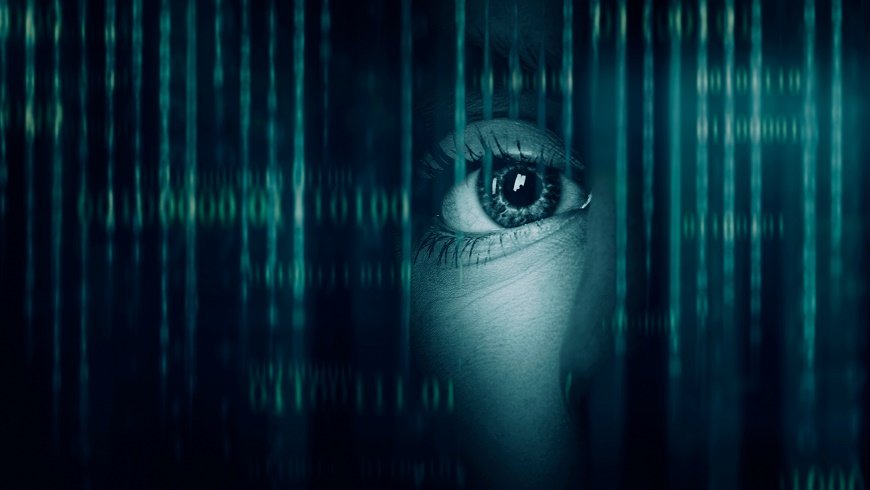In this era of globalization, technology has become both a curse and a blessing. It makes individuals powerful by providing them with access to information, facilitating their communication, and providing them with opportunities on the one hand, while also providing avenues through which criminal networks can flourish, one of the most detestable being human trafficking.
The United Nations International Day Against Trafficking in Persons on July 30 urges us to fight against a crime that is taking ever more dangerous new forms. Trafficking now involves not just the smuggling of people across borders but also the spread of exploitation through networks, programs, and screens.
The cyber age of international crime
Human trafficking has been a persistent issue for centuries, but the avenues it has been used have evolved significantly over the years.
The era of the internet, phones, social media platforms, job websites, and encrypted messaging applications has opened a new type of marketplace where human traffickers can recruit, exploit, control, and profit from individuals without ever encountering their victims in person.
The UNODC’s 2024 Global Report on Trafficking in Persons confirms that over 41% of recent trafficking cases involved online recruitment, which has doubled in the last ten years
Use of tech in enticement & exploitation
Social Media Grooming
In a survey by the International Centre for Missing and Exploited Children (ICMEC) in 2024, 72% of survivors of child trafficking reported that traffickers approached them online. Traffickers pose as friends or recruiters to gain the trust of their victims. Teenage girls and other vulnerable young people are targeted on social media platforms like Facebook, TikTok, or Instagram.
Misleading Employment Advertisements
The majority of traffickers offer domestic work, modeling, hotel jobs, or what appear to be legitimate foreign work. Desperation for funds, especially in war zones or poor areas, leads the victims to answer calls, only to be forced into labor or prostitution.
Who is most vulnerable?
- Human trafficking is not discriminatory, but some are more vulnerable than others.
- They constitute 65% of all the victims of trafficking in the world and are disproportionately at risk of trafficking for sexual exploitation.
- Children are becoming increasingly the focus of web-based game sites, internet-based video-sharing software, and online chat rooms.
- Poverty- or conflict-displaced individuals are easy prey once they are promised security and employment.
The challenge of regulating the digital domain
One of the biggest challenges of fighting tech-enabled trafficking is its nature. The speed, anonymity, and global reach of the internet give traffickers an advantage. Traffickers can spread or send thousands of victims with a single post or message, and can switch numbers, usernames, or IP addresses in minutes.
Technology companies face difficulties in monitoring content and user privacy. While some have improved their reporting and monitoring functions, traffickers have adjusted by using coded language, emojis, or slang to circumvent detection.
In 2023, Meta (Facebook and Instagram) informed us that they had taken more than 90,000 posts regarding human trafficking off of their websites, but that content moderation can’t keep up.
The evolution of end-to-end encryption, while as useful for privacy as it is, also creates blind spots for investigators attempting to shut down trafficking businesses.
Fighting trafficking with technology
Things are not as dark as they seem to be. While traffickers are profiting from technology, activists, law enforcement, and NGOs are utilizing technology to counter their work as well. Artificial intelligence and machine learning are used to detect internet usage patterns that could indicate trafficking.
Companies like Thorn are creating technology to find and save children who are being abused online. Hotlines and support organizations now employ chatbots and mobile apps in order to provide anonymous support to victims.
Survivor groups are employing social media sites to raise awareness and educate other people on the dangers of the internet. The Tech Against Trafficking coalition, which comprises technology leaders including IBM and Microsoft, is already working on building tools for reporting abuse on the internet and tracking patterns of trafficking.
But these instruments are expensive, cooperative, and regulatory. The governments need to cooperate with the technology firms to implement anti-trafficking policy on the net while providing internet security for everybody.
For a safer online future
To avoid trafficking in the age of digital technology, we need to institute a collective global action that comprises the following:
- Technology firms need to be made more responsible for finding and deleting suspicious content and accounts.
- Governments are strengthening cybercrime legislations, building digital forensic capacity, and also training law enforcement agencies to pursue cyber trafficking.
- They need to educate young people regarding online safety, consent in the digital age, and warning signs.
- People must be careful, report suspicious behavior, and promote campaigns and organizations that combat trafficking.
The internet should be used as a tool of connection, creativity, and freedom, not as a platform on which human life is bought and sold. In honor of the World Day Against Trafficking in Persons, we must acknowledge the fact that the battle has gone beyond geography and has entered the digital realm.
Technology does not have to be viewed as the enemy; however, we must be careful how we use it. We have the tools to prevent, detect, and act against cyber trafficking.
Behind every screen is a human person. In addition, every human person deserves protection, dignity, and the right to be free from exploitation.
A passionate International Relations student with a strong interest in diplomacy, policy, and global affairs. Dedicated to contributing thoughtful analysis and research on international issues.




